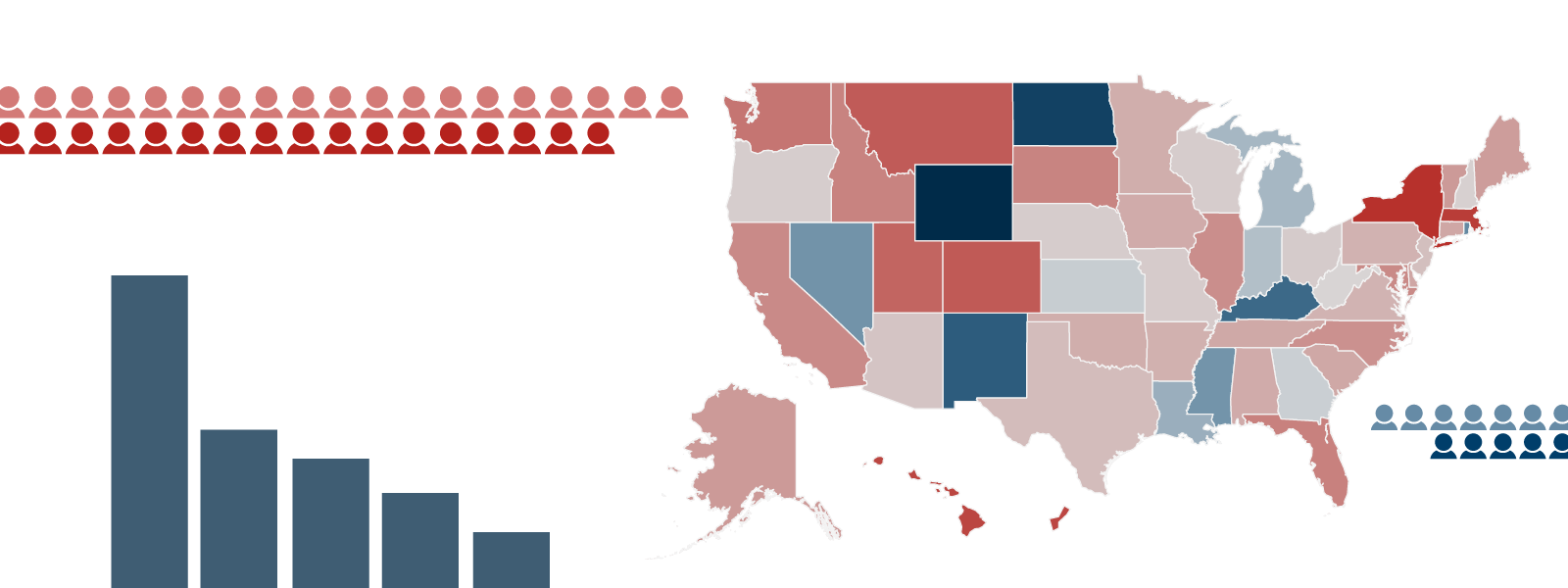The Alliance is excited to release the State of Homelessness 2019. This web-based annual report uses data to chart the nation’s progress towards ending homelessness. The information further informs policymaking as well as national discussions focused on improving awareness and solutions.
As we move into a new year of the State of Homelessness, it’s clear that the challenges aren’t as bad as they were a decade ago. Over the past ten years, veterans and people experiencing chronic homelessness have realized marked drops in the nation’s annual homeless counts. But progress has been stalled for individual adults more generally.
There is certainly more work ahead. This report aims to be a resource in that work.
What’s New
Some new features were added to the State of Homelessness 2019, including:
- Available Beds. We analyze the capacity of shelters and other temporary housing providers. On a given night, what number and percentage of people experiencing homelessness have a bed available to them? We answer that question.
- Racial and Ethnic Dynamics. Race and ethnicity figure significantly into the story of homelessness in America. African Americans, American Indians/Alaska Natives, Native Hawaiians and Pacific Islanders, and Hispanics are overrepresented in homeless counts. We added information that highlights this issue.
- Geography of Challenges. Many readers have wondered which areas have the biggest challenges. So, we identified states and CoCs with the greatest numbers and highest percentages of people experiencing homelessness. In doing this, we essentially identified the regions with the most significant affordable housing challenges.
What’s Standard
The report updates material that was available in previous years:
- State and CoC Data. The State of Homelessness features a map with state-level data on homeless counts and rates of homelessness. The Alliance compiles and makes available CoC-level homeless rate data.
- At-Risk Numbers. People who are doubled-up are at-risk for homelessness, as are those experiencing severe hosing cost burdens. The Alliance analyzes raw Census data to count and chart the number of Americans falling into these categories.
- Visualizations. The report offers visual representations of counts, trends, subgroup status, and available (permanent and temporary) housing assistance.
How to Use It
The State of Homelessness is designed for a variety of audiences and purposes. This includes:
- Service providers seeking easily accessible information about the progress being realized by systems.
- Legislators concerned about how well constituents are faring, compared to other regions of the country.
- Administrative agency officials making decisions about how to allot resources.
- Members of the media seeking background for articles about homelessness in their states and communities.
Let Us Know What You Think
The Alliance is continuously working to improve the State of Homelessness. For this, we need your help. Does it inform your work? How can it better serve your needs? Please share your thoughts by filling out our online survey.

